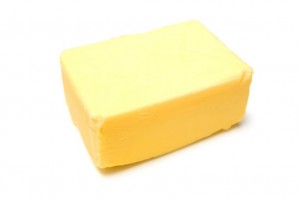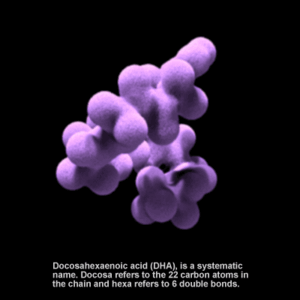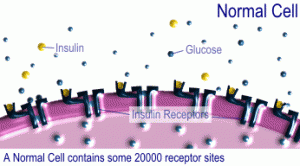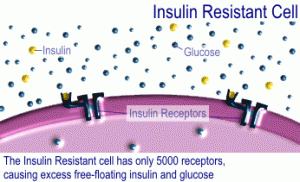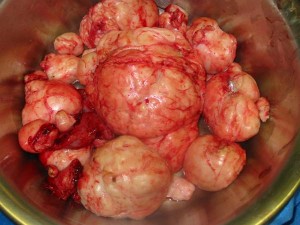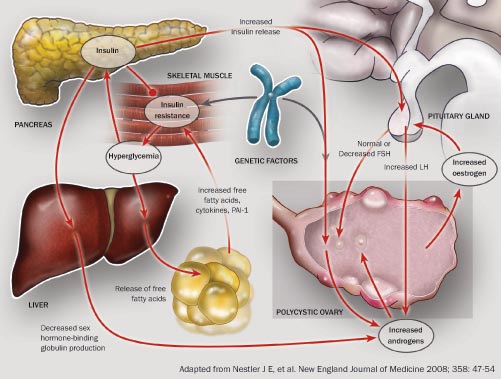There are many ways herbs can help a couple deal with fertility. A simple red clover infusion can kick off a pregnancy for many women. Herbalists can make specific formulas for the five parts of the menstrual cycle identified by Chinese medicine or more simply incorporate menstrual charting with formulas, using herbs to tonify the yin or yang phases of the menstrual cycle as needed. One may even managed to open a blocked fallopian tube with a phlegm stasis formula. Or reduce insulin resistance in PCOS. Or improve sperm quality and motility in the male partner. Or use flower essences with a frightened first time mother. We can even use plants to deal with the residues of sexual abuse so that a prospective mother can embrace her fertility.
Here are the results of our August Herbal Blog Party where different people wrote articles on various aspects of fertility:
The indomitable Henriette Kress’s article Trying to Get Pregnant? looks at stress, tight jeans, model-thin proportions and discusses going off of carrot seed or taking lily and peony.
Kristena Haslam at Dreamseeds Organics has written a tribute to Exotic, Erotic Damiana and even has a picture of the (in)famous Mexican Liqueur bottle shaped like a sitting pregnant woman.
Gail Faith Edwards of Blessed Maine Herbs has had 25 years of women bringing their red clover babies to her and writes Red Clover Is Not Just for Healthy Women Who Want to Conceive, It Is for ALL Women Who Want to Conceive. She recommends that men with low sperm count smell roses too. Note you must have Facebook access to read the piece.
Karen Vaughan has written Staging Herbal Formulas to Enhance Fertility, taking the stance that the yin and yang parts of the cycle deserve different formulas, since women have cyclical tides of hormones and discusses how menstrual charting can be used for more than finding fertile days.
Rosalie de la Foret’s very comprehensive Holistic Herbal Perspectives for Challenges With Fertility discusses preparing yourself for conception, nutrition, dosing and herbs.
Angela Ferri’s piece on Herbal Fertility Support Within A Mayan Abdominal Practice discusses herbs for vata imbalance and boggy uterine tissue. She brings the experience of a body worker who looks at physical connections with the internal chemistry.
Darcey Blue of Gaia’s Gifts wrote Nutrition for Pregnancy which looks at nutrient dense foods and micronutrient requirements from a combined Paleo-diet and modern nutrition perspective.
Please copy and repost links!


